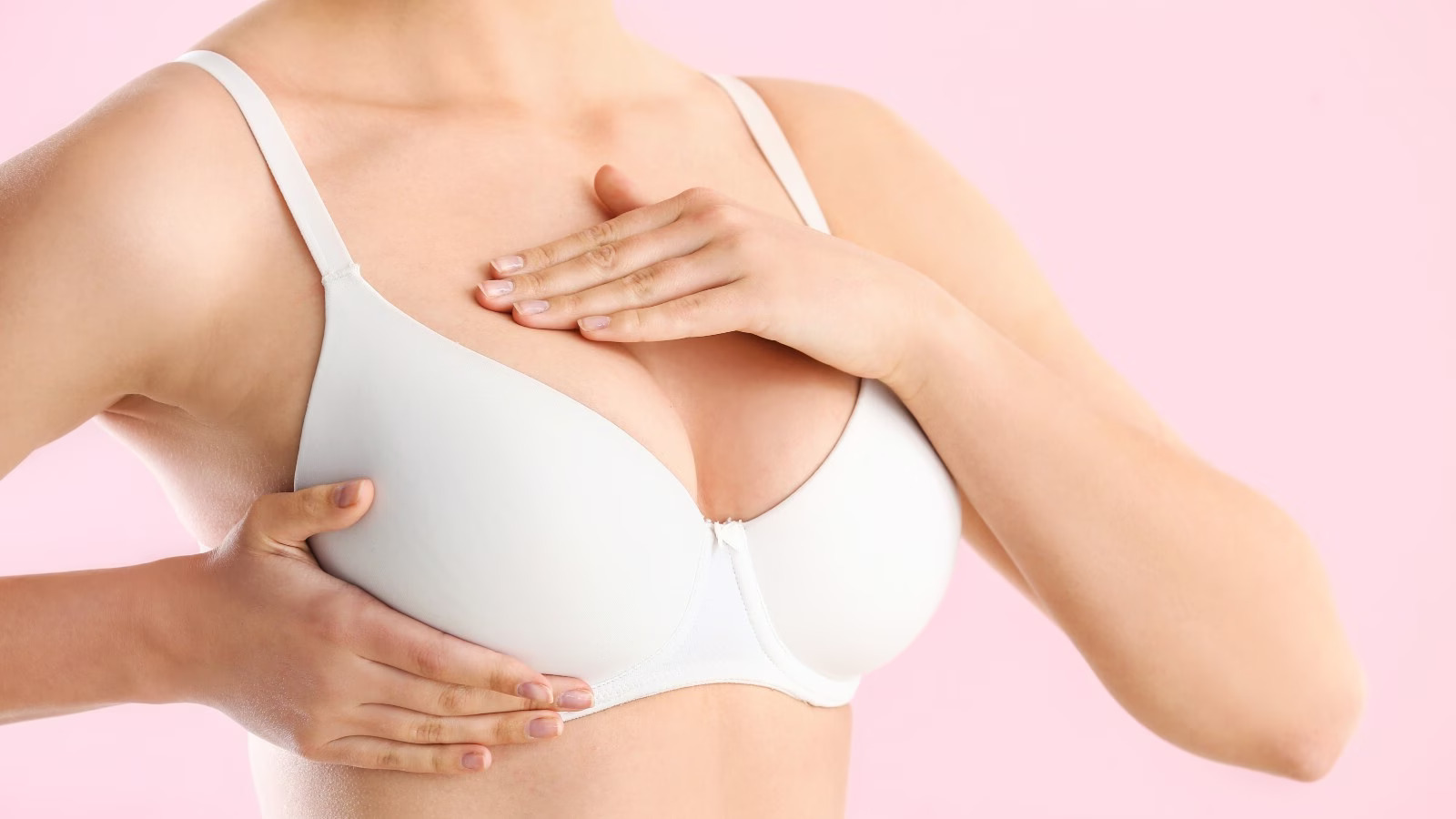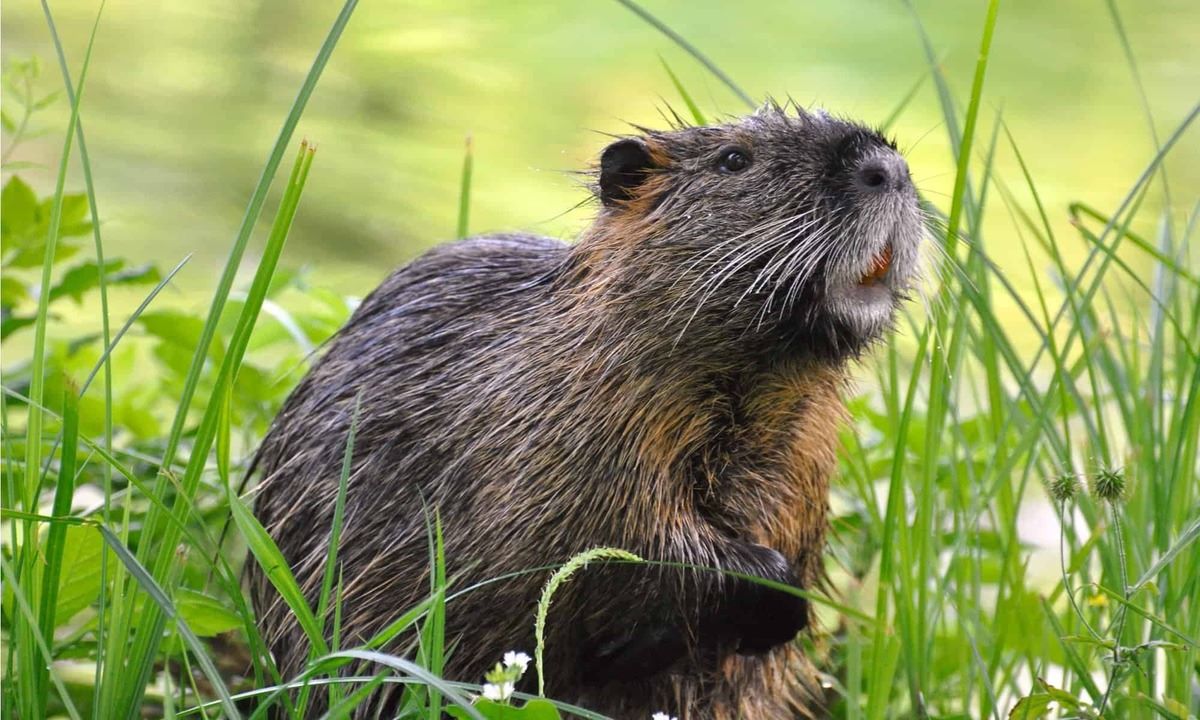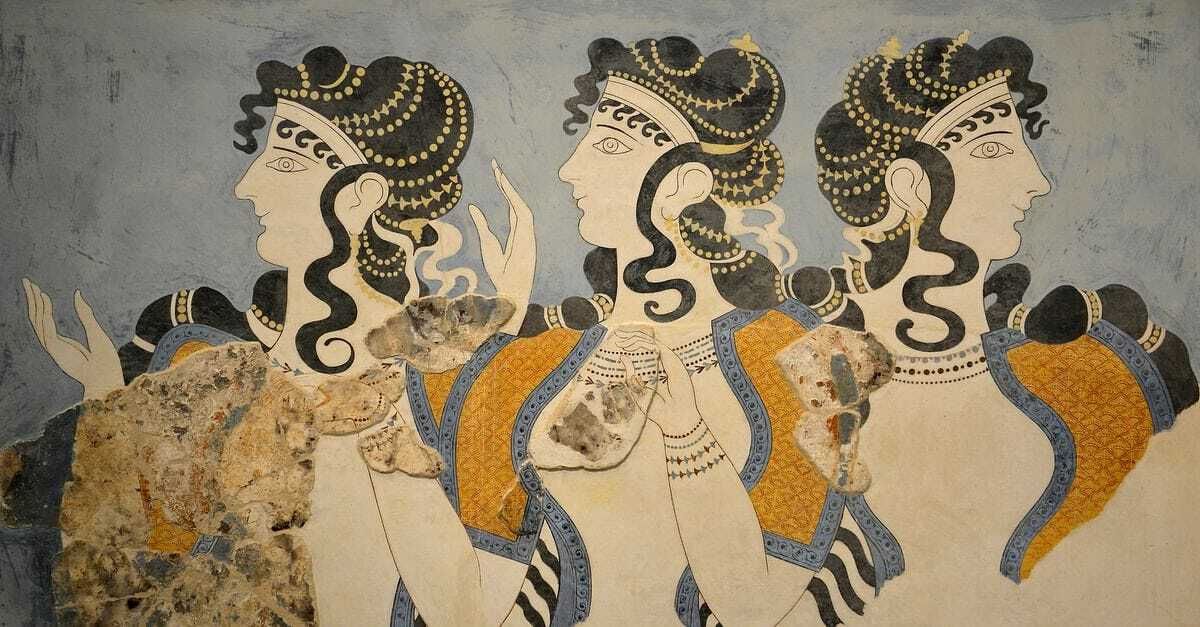
Ever wondered why humans are the only primates with permanently enlarged breasts? Or why they come in so many shapes and sizes? Breasts are fascinating beyond their aesthetic appeal and biological functions. From their role in ancient symbolism to surprising scientific facts, there's a whole world of knowledge to uncover about these intriguing body parts. Whether you're curious about the evolutionary purpose they serve or the cultural significance they hold across different societies, you're in for some eye-opening revelations. So, buckle up for a journey into the world of boob facts, where we'll debunk myths, share chuckles, and maybe even drop jaws with some of the most astonishing tidbits you've never heard before. Ready to get the lowdown on the high-ups?
Understanding the Basics of Breast Anatomy
Breasts, fascinating and diverse, are more than just physical attributes; they play significant roles in various aspects of life, including reproduction, sexual health, and overall well-being. Before diving into the intriguing facts, let's grasp some basics of breast anatomy. Breasts consist of fatty tissue, glandular tissue, and connective tissue. They are not muscles; instead, they are supported by the Cooper's ligaments and the pectoral muscles beneath them.
The Evolution of Breasts
- Human breasts are unique in the animal kingdom because they develop at puberty and are permanent, unlike other mammals whose breasts only enlarge during pregnancy or nursing. This uniqueness has led to numerous theories about their evolutionary purpose, including sexual selection.
Breast Size and Genetics
- Breast size is largely determined by genetics and body weight. However, no specific "breast size gene" has been identified; instead, multiple genes contribute to their size and density.
The Functionality of Breasts
- Beyond their role in nursing, breasts have a network of nerves making them sensitive to touch, contributing to a woman's sexual arousal and pleasure.
Cultural Significance of Breasts
- Across cultures, breasts have been symbolized in various ways, from fertility and beauty to power and nourishment. Their perception varies widely around the globe, influencing fashion, art, and social norms.
Health and Breasts
-
Regular breast examinations are crucial for early detection of breast cancer, the most common cancer affecting women worldwide. Mammograms are recommended for women over 40, but those with a family history of breast cancer should consult their doctor about starting earlier.
-
Breastfeeding has health benefits for both the mother and the child. It helps in the baby's immune system development and reduces the mother's risk of certain cancers and osteoporosis.
Surprising Breast Facts
-
Not all nipples are created equal. They can come in different shapes, sizes, and colors, and it's normal for them to change over time or during pregnancy.
-
Breasts can change size and shape throughout a woman's life, not just during pregnancy or weight change. Hormonal fluctuations during the menstrual cycle can also cause temporary changes.
-
It's quite common for women to have asymmetrical breasts where one breast is slightly larger or shaped differently than the other.
-
The largest natural breasts recorded in the Guinness World Records belong to Annie Hawkins-Turner, with an under-breast measurement of 109.22 cm (43 inches) and an around-chest-over-nipple measurement of 177.8 cm (70 inches).
-
Men can also develop breast tissue, a condition known as gynecomastia. It's most common during puberty and usually resolves on its own, but can occur at any age.
-
The practice of breast augmentation was first attempted in the late 19th century, but modern silicone breast implants weren't developed until the 1960s.
-
In ancient Egypt, women often went topless, and breasts were not sexualized in the same way they are in many contemporary societies.
-
During the Renaissance period, small breasts were often idealized in art and fashion, contrasting sharply with today's beauty standards in many parts of the world.
-
The average breast size has increased in several countries over the past few decades, a change attributed to better nutrition, obesity, and the use of hormonal birth control.
-
Contrary to popular belief, wearing a bra does not prevent breasts from sagging. In fact, some studies suggest that not wearing a bra can promote more muscle tissue growth, which could support the breasts better.
-
Breast milk is incredibly nutritious and can change its composition to meet the changing needs of the growing baby. It even has the ability to produce antibodies to fight specific infections the baby might be exposed to.
-
In some cultures, women use their breasts to carry and store objects, utilizing them as natural "pockets."
-
The first successful breast reconstruction surgery was performed in 1895, paving the way for modern surgical techniques that offer options for those undergoing mastectomies.
-
The term "boob" is believed to have originated from the word "bubby," used in the 17th century, which itself may have been derived from the German "Bübbi," a term for teat or nipple.
-
Breast sensitivity varies greatly among individuals. For some, the slightest touch can be arousing, while others may find their breasts less sensitive.
-
The world's first documented breast augmentation surgery for cosmetic purposes was performed in 1895 using paraffin injections, a method that was later abandoned due to complications.
-
In Japan, there's an annual event known as "Boob Aid," a charity event where adult film stars allow fans to fondle their breasts for donations to AIDS research.
-
A study found that staring at breasts can actually increase a man's lifespan by several minutes a day, suggesting that visual pleasure can have positive health effects.
-
The left breast is often slightly larger than the right one, a phenomenon observed in about 65% of women.
-
Breastfeeding can burn between 200-500 calories a day, equivalent to certain types of physical exercise.
-
The practice of "wet nursing," where a woman breastfeeds another's child, was common in many societies throughout history and is still practiced in some cultures today.
-
Silicone breast implants are the most popular choice for breast augmentation, with millions of procedures performed worldwide.
A Final Nod to Bosom Truths
We've journeyed through a landscape rich with facts about breasts, uncovering truths that span from the scientific to the societal. Breasts, more than just physical attributes, carry deep cultural, biological, and personal significance. They nurture life, symbolize femininity, and play roles in health that cannot be overstated. Understanding these facets helps us appreciate the complexity and beauty of the human body. It's clear that breasts are not merely aesthetic features but integral to our lives in ways we might not always acknowledge. Let's carry forward this knowledge, fostering respect and care for bodies in all their forms. Remember, every fact shared is a step toward greater awareness and appreciation for the diversity and intricacy of human anatomy.
Was this page helpful?
Our commitment to delivering trustworthy and engaging content is at the heart of what we do. Each fact on our site is contributed by real users like you, bringing a wealth of diverse insights and information. To ensure the highest standards of accuracy and reliability, our dedicated editors meticulously review each submission. This process guarantees that the facts we share are not only fascinating but also credible. Trust in our commitment to quality and authenticity as you explore and learn with us.


